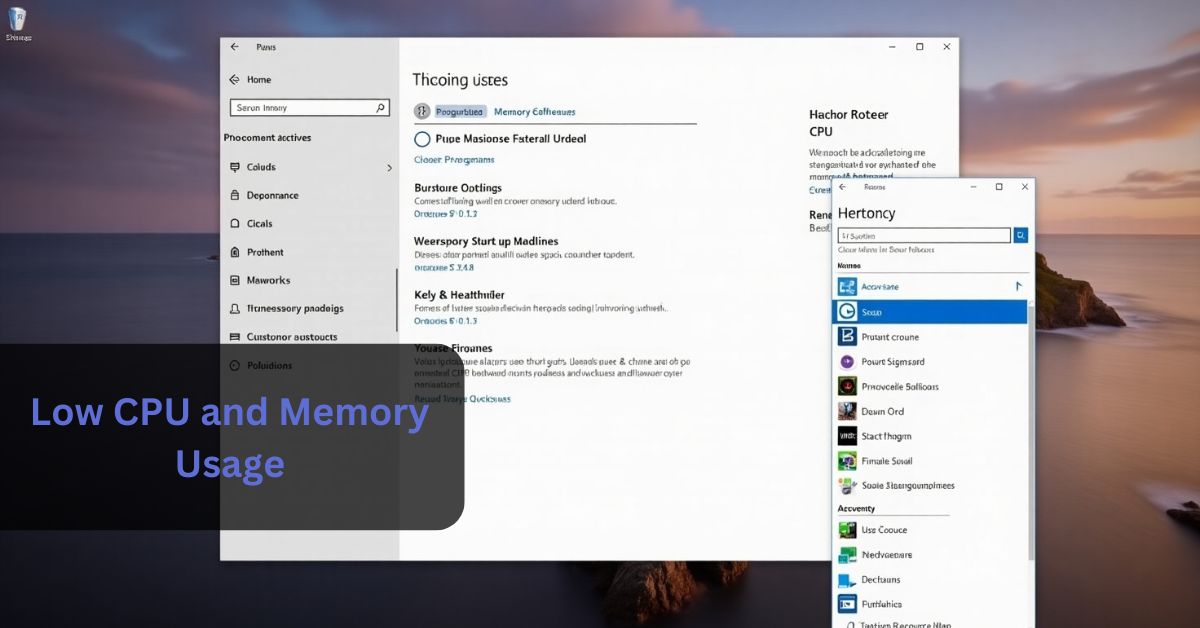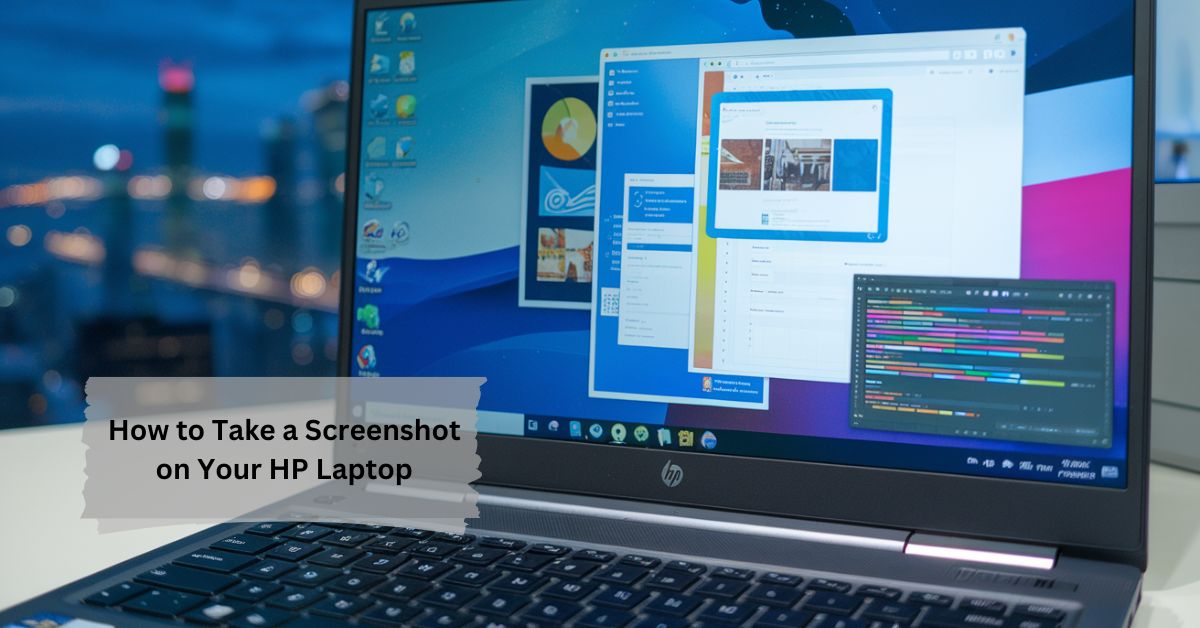When it comes to powering your Lenovo laptop, a common concern is whether you can use your charger in different regions that operate on varying electrical standards, specifically 220V and 110V outlets.
Yes, most Lenovo laptop chargers are dual voltage, allowing them to work with both 110V and 220V power sources. Just ensure you have the appropriate plug adapter for the region you’re in.
This question often arises when traveling or for those who move between countries with different voltage systems. In this guide, we’ll address everything you need to know about using a Lenovo laptop charger with both 220V and 110V power sources.
Voltage Standards: 220V vs. 110V
Before diving into the specifics of Lenovo chargers, it’s crucial to grasp the differences between voltage standards:
- 110V Systems: Commonly found in regions like North America (USA, Canada) and some parts of Japan, these systems operate at a lower voltage. While this is safer in terms of electrical shock risk, it can lead to more power loss in the form of heat over long distances.
- 220V Systems: Typical in Europe, Asia, Africa, and most other parts of the world, 220V systems allow for more efficient transmission of power, especially over longer distances. The higher voltage can power larger appliances more effectively, but it also requires more robust infrastructure.
Voltage refers to the amount of electrical potential or pressure that moves electrical current. The main concern with voltage differences is compatibility—using the wrong voltage can potentially damage electronics or create safety hazards.
Are chargers for Lenovo laptops dual-voltage?
The good news is that most modern Lenovo laptop chargers are dual voltage, meaning they are designed to work with both 110V and 220V power outlets. This feature is particularly beneficial for travelers who frequently move between regions with different voltage standards.
How to Check If Your Lenovo Charger Supports Dual Voltage
You can easily check if your Lenovo laptop charger supports both 220V and 110V by looking at the small print on the charger itself. Here’s how to do it:
- Inspect the Power Brick: The power brick of the Lenovo charger will typically list the input voltage range. Look for text like this:
- Input: 100-240V~ 50-60Hz.
- If you see this range (100V to 240V), it means the charger can automatically adjust to different voltages, from 110V (used in countries like the USA) to 220V (used in countries like the UK, India, and many parts of Europe).
- Check the Amperage and Wattage: Besides voltage, also pay attention to the amperage (A) and wattage (W) listed. Lenovo chargers are generally designed to work efficiently with a broad range of power inputs, ensuring your laptop gets the right amount of power regardless of voltage.
Using Lenovo Chargers in Different Voltage Regions
Using a Lenovo Charger in a 220V Region
If you’re using a Lenovo laptop charger in a country with 220V power, you don’t need to worry about voltage compatibility if the charger supports dual voltage. However, the plug type may differ. In this case, you will likely need a plug adapter for your charger to fit into the local power outlet.
For example, in Europe, the Type C and Type E/F plugs are common, while the UK uses Type G plugs. These plug types have different shapes and pin configurations, so it’s important to carry a universal plug adapter or specific adapters for the countries you visit.
Using a Lenovo Charger in a 110V Region
When using a Lenovo laptop charger in a region with 110V (like the United States or Canada), the process is the same as for 220V. If your charger specifies 100-240V, it will handle the voltage automatically. Again, ensure you have the correct plug adapter if necessary.
Plug Adapters vs. Voltage Converters
- Plug Adapters: These devices do not change the voltage; they only modify the shape of the plug to fit into foreign outlets. If your Lenovo charger is dual voltage, a simple plug adapter is all you need. It’s a cost-effective solution for travelers, and most adapters are small and lightweight.
- Voltage Converters: If you’re using an older charger that does not support dual voltage (which is rare for Lenovo), you would need a voltage converter. This device steps down or steps up the voltage, converting 220V to 110V or vice versa. However, it’s safer and easier to use a charger that supports both voltages, which most Lenovo chargers do. Remember that voltage converters can be bulky and add weight to your luggage, so consider this when traveling.
Traveling with Lenovo Chargers: Additional Tips
- Carry Plug Adapters: When traveling internationally, it’s smart to carry a set of plug adapters to ensure you can plug into different outlet types. There are universal adapters available that can accommodate various plug types and voltage inputs.
- Check Local Power Standards: Before you travel, research the electrical standards of the country you’re visiting. This will help you determine what kind of adapter or converter (if needed) to bring. Some countries may also have specific rules about power use that could affect your devices.
- Buy a Spare Charger: If you travel frequently between regions, it might be a good idea to invest in an additional Lenovo charger so you always have the correct one for the local voltage and plug type. Keeping a charger in your travel bag can save you from potential power issues during your trips.
- Consider a Power Bank: In addition to a charger, carrying a power bank can be a lifesaver during travel. These devices can charge your laptop and other electronics without needing a wall outlet, making them perfect for long flights or train journeys.
Safety Precautions
- Inspect Your Charger: Always ensure the charger is in good condition before plugging it into an outlet. Any visible damage to the cord or power brick could be a fire hazard.
- Avoid Overloading Outlets: When traveling, be mindful of how many devices you plug into a single outlet, especially in hotels where outlets may not handle multiple devices efficiently.
- Use Trusted Products: Avoid using cheap or unverified third-party chargers, as these may not offer proper voltage regulation and could damage your laptop. Stick with original Lenovo products or reputable brands.
Conclusion: Can You Use a Lenovo Laptop Charger with Both 220V and 110V?
Yes, in most cases, Lenovo laptop chargers are compatible with both 220V and 110V outlets, as they are typically designed to handle a wide voltage range (100-240V). The key is to check the label on your charger to confirm its voltage specifications. With the right plug adapter, your Lenovo charger should work seamlessly wherever you are in the world.
By being informed and prepared, you can travel confidently without worrying about your laptop’s power needs. If you travel frequently, investing in a dual-voltage charger from Lenovo or ensuring that your current charger supports both voltages will save you from a lot of stress. Just remember to always carry a plug adapter and be mindful of local electrical standards!
FAQs
Are Lenovo laptop chargers dual voltage?
Yes, most modern Lenovo laptop chargers support dual voltage (100-240V).
Do I need a plug adapter when traveling?
Yes, you’ll likely need a plug adapter to fit local outlets, even if your charger supports dual voltage.
What’s the difference between a plug adapter and a voltage converter?
A plug adapter changes the shape of the plug; a voltage converter changes the voltage level.
Can I use my Lenovo charger in Europe?
Yes, as long as it’s dual voltage, you can use it in Europe with the appropriate plug adapter.
What should I do if my charger is damaged?
Avoid using a damaged charger, as it could be a fire hazard; replace it with a genuine Lenovo product.
















Leave a Reply